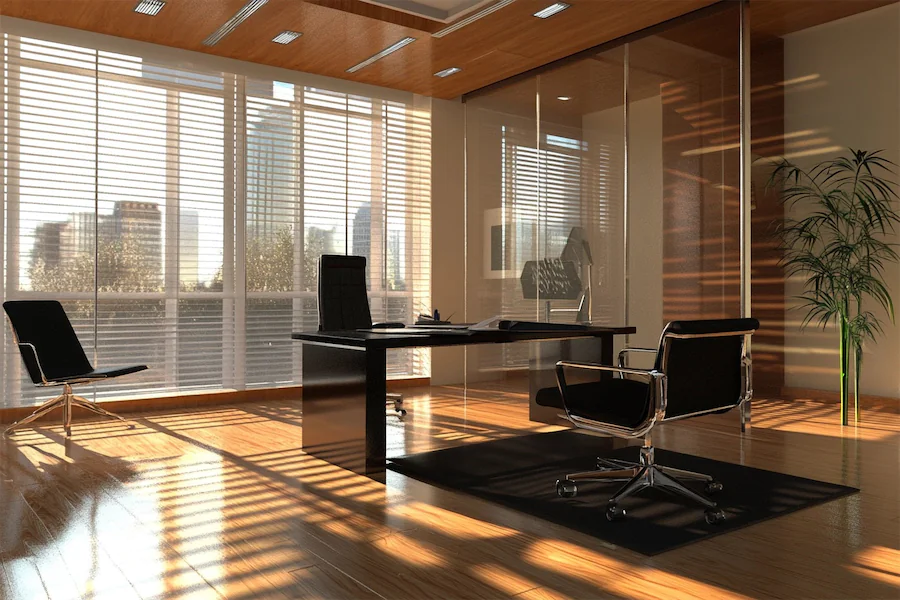A minimalist office room embodies the principle of “less is more,” focusing on simplicity, functionality, and the elimination of unnecessary clutter to create a serene and productive workspace.
Introduction to Minimalist Office Rooms
Minimalist office design emphasizes clean lines, open spaces, and a restrained color palette. By reducing distractions and focusing on essential elements, this design approach fosters concentration and efficiency, making it a popular choice for both home and corporate offices.
History and Origins of Minimalist Office Rooms
Minimalism emerged as an art and design movement in the mid-20th century, influenced by Japanese Zen philosophy and the Bauhaus movement’s emphasis on function over form. In office design, minimalism gained prominence as businesses recognized the benefits of uncluttered environments in enhancing employee focus and productivity.
Key Features of Minimalist Office Rooms
- Functional Furniture: Selection of pieces that serve multiple purposes, such as desks with built-in storage, to maintain a clutter-free environment.
- Neutral Color Palette: Use of whites, grays, and beiges to create a calm and cohesive look. Accents of black or natural wood can add contrast and warmth without overwhelming the simplicity of the space.
- Natural Light: Maximization of natural light through strategic placement of furniture and minimal window treatments to enhance openness and reduce reliance on artificial lighting.
- Decluttered Spaces: Elimination of unnecessary items and thoughtful organization to maintain a tidy and efficient workspace.
- Integrated Technology: Incorporation of wireless devices and cable management solutions to maintain clean surfaces and reduce visual clutter.
Applications of Minimalist Office Rooms
This design style is versatile and can be applied to various office settings:
- Home Offices: Creating a tranquil and efficient workspace within a residential setting, conducive to focus and productivity.
- Corporate Offices: Designing open-plan areas that promote collaboration while maintaining individual focus through uncluttered environments.
- Small Office Spaces: Maximizing limited space by utilizing multifunctional furniture and smart storage solutions to keep the area organized and functional.
Considerations When Designing a Minimalist Office Room
- Personalization: While maintaining simplicity, incorporate personal touches such as a single piece of artwork or a plant to add warmth and individuality to the space.
- Quality Over Quantity: Invest in high-quality, durable furniture and accessories that serve essential functions and contribute to the overall aesthetic.
- Storage Solutions: Implement hidden or streamlined storage options to keep surfaces clear and maintain the minimalist look.
- Ergonomics: Ensure that the minimalist design does not compromise comfort; select ergonomic furniture that supports health and well-being.
Conclusion
A minimalist office room offers a clean and serene environment that enhances focus and productivity. By thoughtfully integrating key elements of minimalist design, one can create a workspace that is both functional and aesthetically pleasing.
